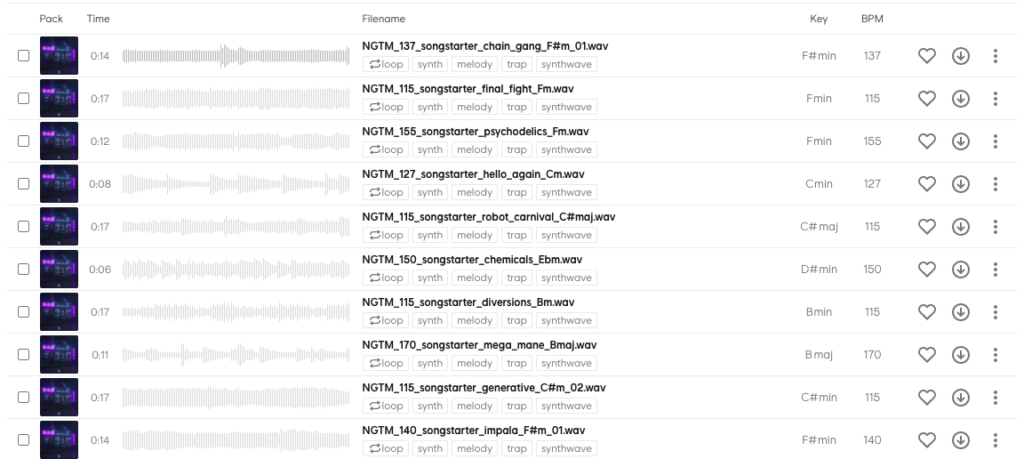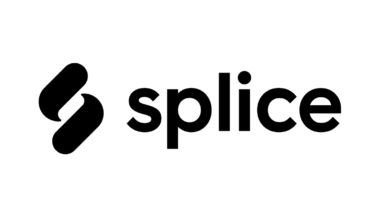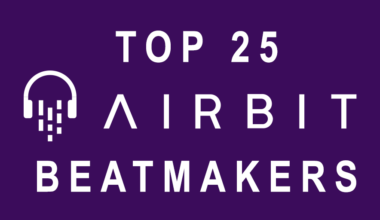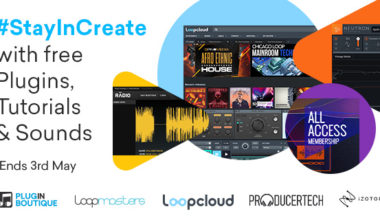
One of the rising revenue streams for independent musicians is selling sample packs. Learning how to make sample packs that sell can seem challenging, but with a quality product and a robust marketing strategy, it’s achievable for someone no matter how big their following is.
It’s also important to understand both the creative and technical aspects of a sample and loop pack. Sound designers should aim to create a quality product that they can promote. When the time is right it’s important to choose the right platform to sell it on and then price it accordingly.
Building a quality sample pack
The worst thing you could possibly do is try to put out something that already exists under a different name. This is your chance to be unique especially if you want to separate yourself from the masses. Also, if you’re just thinking about recycling one shots and loops from other sample packs into your own, think again. Treat your sample pack like any other piece of music. Originality and innovation always wins out in the end.
Try to pick a genre or theme for your sample pack. Is it a vocal sample pack, a trap pack, or a cinematic pack? Maybe you’re recording ambient sounds with a Zoom H4n Pro and creating a theme around that. Whatever the case may be try to keep a specific focus for your packs in the beginning.
Keep in mind your target audience and how this pack will appeal to them. You can then come up with a creative name and some cover artwork to set the tone for what’s inside. Your sample pack needs to be marketable and the first thing a consumer will see is that artwork. Hire a freelancer on Fiverr that specializes in creating cover designs if you don’t have the skillset to do so yourself.
Naming the samples and loops in your pack
When someone opens up your top level sample pack folder, you also want it to be clean with each sound labelled appropriately. If this is your first sample pack, aim for something below 400 samples in total.
As for the naming convention, imagine this as a potential folder hierarchy:
- Sample Pack Name
- Loops
- Melodic Loops
- Synths
- Leads
- Pads
- Sequenced
- Synths
- Drum Loops
- Melodic Loops
- One Shots
- Drums
- Kicks
- Snares
- Claps
- Rimshots
- Hihats
- 808s
- FX
- Vocal Shouts
- Drums
- MIDI
Now there can definitely be other ways to structure a pack and additional folders for items like Fills or Vocal Loops included, for instance, but this is a good baseline for you.
Now as for the naming convention of the specific sound, let’s look at an example of a loop and one shot:
SamplePackName_Snare_Fmin_07 – there is the Pack Name > Type of One Shot > Key > Number Prefix. In this example, we named a Snare tuned in Fminor that is the seventh snare in that series. You may also opt to give your one shots a unique name like SnareRipperMax.
SamplePackName_DreamyPad_Amin_121 – there is the Pack Name > Type of Loop > Key > BPM.
The importance of naming your sounds appropriately is that you want your customers to be able to drag and drop any sound into their DAW of choice and seamlessly create. It can be a big turn off to a buyer if they have to go through the trouble of finding the key or BPM of a sample in your pack.
Platforms that sell sample packs
Now you’ve created a quality and marketable sample pack, but you still need to find the appropriate place to sell it. Sure you can go ahead and submit it to the dominant marketplaces like Splice or Loopcloud that thousands of music producers have a subscription to, but that might not be the best strategy.
Maybe you’re just venturing into the sample pack game, but you already have a consistent following to your Airbit beat store. Why not leverage that existing platform and sell your sample packs via that platform. Or maybe you want to be like DECAP who self-distributed his legendary Drums That Knock series via the musician friendly Sellfy.
I broke down my complete list of the top platforms to sell sound kits and samples along with the advantages and disadvantages with each of them. It’s definitely worth checking out for identifying the appropriate marketplace for you.
Promoting your sample pack
I already mentioned the importance of having a quality cover design for your sample pack, but promoting your sample pack goes well beyond that.
Another critical way for you to get your word out is via a robust email marketing platform. Brevo is without a doubt my favorite platform because it goes well beyond just being a traditional platform that can send out blast emails. Not only that, it’s an absolutely FREE platform you can use to maintain a list of unlimited contacts. And if you need to acquire a directory of independent beatmakers to market your sample pack, there is a Fiverr gig with a ton of positive feedback that can provide this.
And then of course social media is another great way for you to preview and demo some of the unique sounds you have included in your sample pack.
Study the market and learning how to make sample packs that sell
Understand that there is a ton of opportunity for you in selling sample packs. Splice alone has paid over $25 million to creators since the platforms inception. That said this is starting to become a crowded market. There are currently over 14,000 sample and loop packs in the Sample Pack Database. Do your research and study the market. See what is missing and how you can fill that void. Then create and build a sample pack that will sell and inspire music producers to come.





